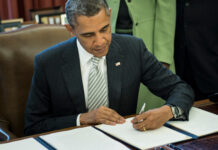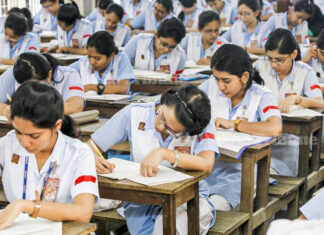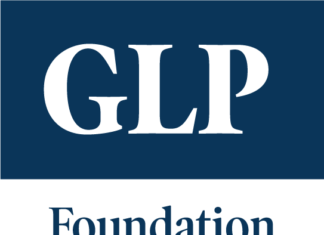When I joined the UNICEF Sierra Leone office as the chief of education in 2014, the country was at the peak of its Ebola epidemic. I walked straight into a crisis that had put over 1.8 million school-going children and adolescents out of school.
The effects of Ebola are terrifying. But like many public health crises, their impact on human lives go far beyond just health. In West Africa, the epidemic’s impact on learning was devastating too.
Closure of schools and universities caused serious setbacks to educations systems, resulting in loss of learning and higher drop-out rates. The closures also increased violence against children, teen pregnancies and early marriages.
In Sierra Leone, schools were closed for nine long months to stem the spread of the epidemic. This meant that thousands of children across country were idle and out on the streets. For some, it also meant exposure to all levels of exploitation without the safe space schools provide. Teenage pregnancies increased during the Ebola crisis, with a high percentage of adolescent girls undergoing first-time pregnancy during the outbreak.
While we cannot yet assess, by any means, the impact of COVID-19 school closures on children and education systems, the Ebola experience taught us that it is the poorest, most vulnerable children who are hurt the most when schools close – whether in loss of learning or impacts in other areas of their lives.
When schools reopen in the aftermath of a crisis, we cannot assume that students will return just because the school gates are open. Many children will face difficult and demanding circumstances that work against their re-entry to school. Targeted back-to-school interventions help ensure children return to school, especially if they prioritise those hardest to reach.

Two key lessons from the Ebola experience are worth considering as schools reopen after COVID-19:
- Targeted communications help reach the poorest children.
An effective communications strategy can ensure higher rates of school return, especially in remote rural areas. In Sierra Leone, we initiated a massive back-to-school campaign with messages – ranging from school safety measures to ways to support learners’ return to school – aimed to encourage parents and caregivers to send children back to school.
We used radio platforms to disseminate the messages since they had the widest reach. We also used community mobilization pathways developed by UNICEF Communication for Development programmes to engage communities.
Whether through door-to-door messaging or “community criers” with loud-speakers, we simply integrated our back-to-school messages into existing structures to reach our audience.
In Sierra Leone, after Ebola, the government waived school and examination fees for two years to motivate parents and caregivers to send all children back to school.
The impact of such a targeted communication strategy was seen in the case of pregnant girls in Sierra Leone, who were banned by the Ministry of Education from attending school when schools reopened (this ban was reversed only in March 2020).
UNICEF and partners developed a ‘bridging programme’ to help the pregnant girls continue learning. This programme allowed them to come to school after regular hours, where the same teachers taught the same curriculum offered to the other students.
Not everyone was supportive of the programme at first. Many in the communities, including teachers, were skeptical. The girls themselves faced a great deal of gender stigma.
We carried out an extensive advocacy and communications campaign to raise awareness amongst girls, their families and communities, to get the girls to enroll. We had initially planned to register 3000 pregnant girls into the bridging programme.
But when the time came, a total of 14,500 girls registered. They even included those who had gotten pregnant before Ebola and wanted to join as a way to continue their education.
During the many times I visited schools implementing the bridge programmes, I met adolescent girls of various ages, some as young as 11. These visits highlighted the enormous challenges to get marginalized children, whatever their backgrounds, back into school systems after a crisis.

- Specific incentives facilitate the return of the poorest children to school.
Economic impacts of a public health crisis can be life-changing in the worst ways for the poorest families. During such times, families may choose, among other things, to engage their children in income-generating activities, leading them to drop out of school altogether.
When schools reopen after a pandemic like COVID-19, we need strategies to reduce the economic burden of a child’s education. In Sierra Leone, after Ebola, the government waived school and examination fees for two years to motivate parents and caregivers to send all children back to school.
With support of development partners, the government also provided learning materials to all learners, including assistive devices for children with disabilities, to attract learners to school. In addition, the government scaled-up school feeding programmes.
For the poorest families who had been unable to work during quarantine, food security was a serious issue. The prospect of children getting fed in school motivated parents and communities to send them back.
National context is vital to plan strategies, and there are a number of important elements to consider when schools reopen. But not considering the needs of the poorest children, and indeed the fate of their futures, will only exacerbate the global learning crisis the world was facing before the COVID-19 pandemic.
Wongani Grace Taulo is Senior Adviser, Education Section, UNICEF New York
Published at 2020-06-16 02:46:50. You can see the original post here








































